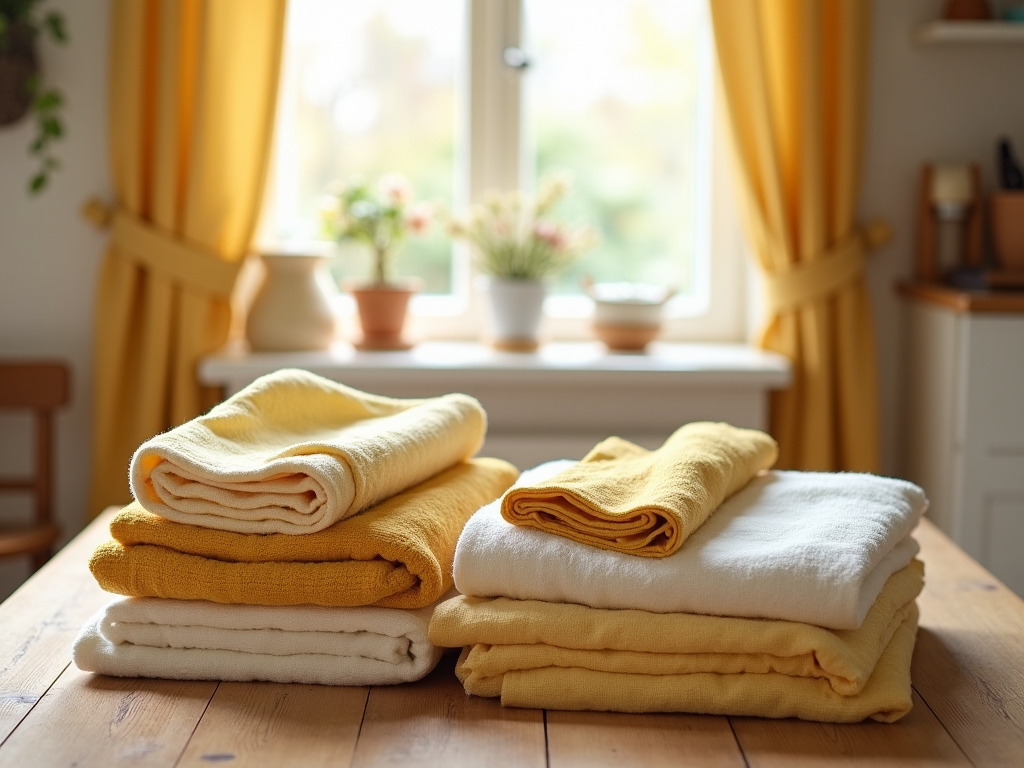In an age of fast fashion and ever-evolving cleaning techniques, the care labels on our clothing often send us into a spiral of confusion. Many garments bear the ominous “dry-clean only” badge, but do they really require such careful handling? The reality might surprise you. Understanding which items truly need that extra level of care can save both money and time, transforming how we approach our laundry routine. This article delves into the world of garment care, debunking myths and offering clarity on which items can be effectively cleaned at home.
Across diverse fabric types, varying levels of care are needed. The dry-cleaning process, while useful for certain items, is often overstated. This piece will surf through common misconceptions, laying bare what you can hand-wash or machine wash without taking a trip to the dry cleaners. Below, we will highlight garments from everyday clothing to home textiles, clarifying what can be easily cleaned, even if the labels advise otherwise.
Understanding Dry Cleaning: What It Really Means

Before diving into which items can skip the dry-cleaning trip, it’s crucial to understand what dry cleaning entails. It involves the use of chemical solvents in a machine that operates similarly to a washing machine, but without water. Typically, materials like perchloroethylene or hydrocarbon solvents are employed to remove stains effectively. While this method can be beneficial for heavily soiled or delicate items, it’s also important to consider the potential downsides. Dry cleaning can be costly, and the chemicals used may not be environmentally friendly. Equipping yourself with knowledge about the process allows for informed decisions regarding your clothing care.
Common Items You Don’t Need to Dry Clean

Everyday Clothing
Everyday clothing can often be quite misleading when it comes to care labels. Many garments that sport a “dry clean only” tag can be safely washed at home without detrimental effects on their quality. For instance, cotton and linen garments are resilient fibers that withstand machine washing. A simple cold water wash with a mild detergent is usually all they require. Wool sweaters are another case where home cleaning shines. Despite the apprehension surrounding them, many can be gently hand-washed, preserving both shape and texture.
- Cotton T-shirts
- Linen Dresses
- Wool Sweaters
- Denim Jeans
- Polyester Blends
Outerwear and Jackets
When it comes to outerwear, many people shy away from home cleaning due to the perceived complexity. However, synthetic fabrics commonly found in jackets are usually more forgiving. They can generally be washed in warm water without risking damage. Waterproof coats also benefit from home washing; most can just be wiped down or machine washed according to care instructions. Taking care of your outerwear at home not only saves time but also keeps your items fresh. Below is a quick overview of various jacket materials and their cleaning considerations.
| Type of Outerwear | Cleaning Method |
|---|---|
| Synthetic Fabrics | Machine Wash |
| Waterproof Coats | Gentle Cycle or Wipe Down |
| Leather Jackets | Spot Clean Only |
Home Textiles
Home textiles also often come with unnecessary dry-clean-only labels. Items like tablecloths and napkins can be washed at home and should stand up well to regular laundering. Most curtains can also be delicately laundered, provided the fabric allows for machine washing. The convenience of cleaning these items at home not only maximizes their lifespan but also minimizes wear and tear caused by professional cleaning methods. It’s vital, however, to check the material before throwing them in the wash.
- Tablecloths
- Napkins
- Curtains
- Pillow Covers
- Bed Linens
When You Should Consider Dry Cleaning
While many items can be effectively cleaned at home, there are circumstances where dry cleaning is preferable. Delicate fabrics such as silk and lace may benefit from the gentleness of the dry-cleaning process. The structure of such fibers often makes them susceptible to damage from agitation and heat, rendering them better suited for professional care. Heavily stained or special occasion garments, such as wedding dresses or tailored suits, may also warrant a trip to the dry cleaner. Understanding which items require special attention is key to maintaining the integrity of your wardrobe.
Conclusion
In conclusion, navigating the complexities of garment care can be a daunting task, especially when faced with confusing labels. However, armed with the knowledge of which items don’t need to be dry cleaned, you can simplify your laundry routine and save money along the way. From everyday clothing to home textiles, many items can withstand the wash without the need for chemical cleaning. By making informed decisions about fabric care, you not only extend the life of your garments but also reduce unnecessary waste and expense.
Frequently Asked Questions
- Can I wash items with dry-clean-only labels? Yes, many items labeled as dry-clean-only can be safely washed at home. However, always check the fabric type and care instructions.
- What fabrics should never be washed at home? Delicate fabrics like silk and lace may require dry cleaning to preserve their quality.
- How can I effectively clean wool sweaters? Wool sweaters can often be hand-washed or washed on a gentle cycle in the washing machine with cold water and mild detergent.
- What should I do if I accidentally washed a dry-clean-only item? Depending on the fabric, it may be able to be reshaped or rejuvenated by air drying or using a steam iron. If it’s damaged, consider taking it to a professional cleaner for advice on restoration.
- Can home cleaning remove tough stains? Some tough stains may not come out with home washing; in those cases, professional dry cleaning might be necessary.


